Home>Renovation & DIY>Tools & Equipment>What Grit Sandpaper For Clay
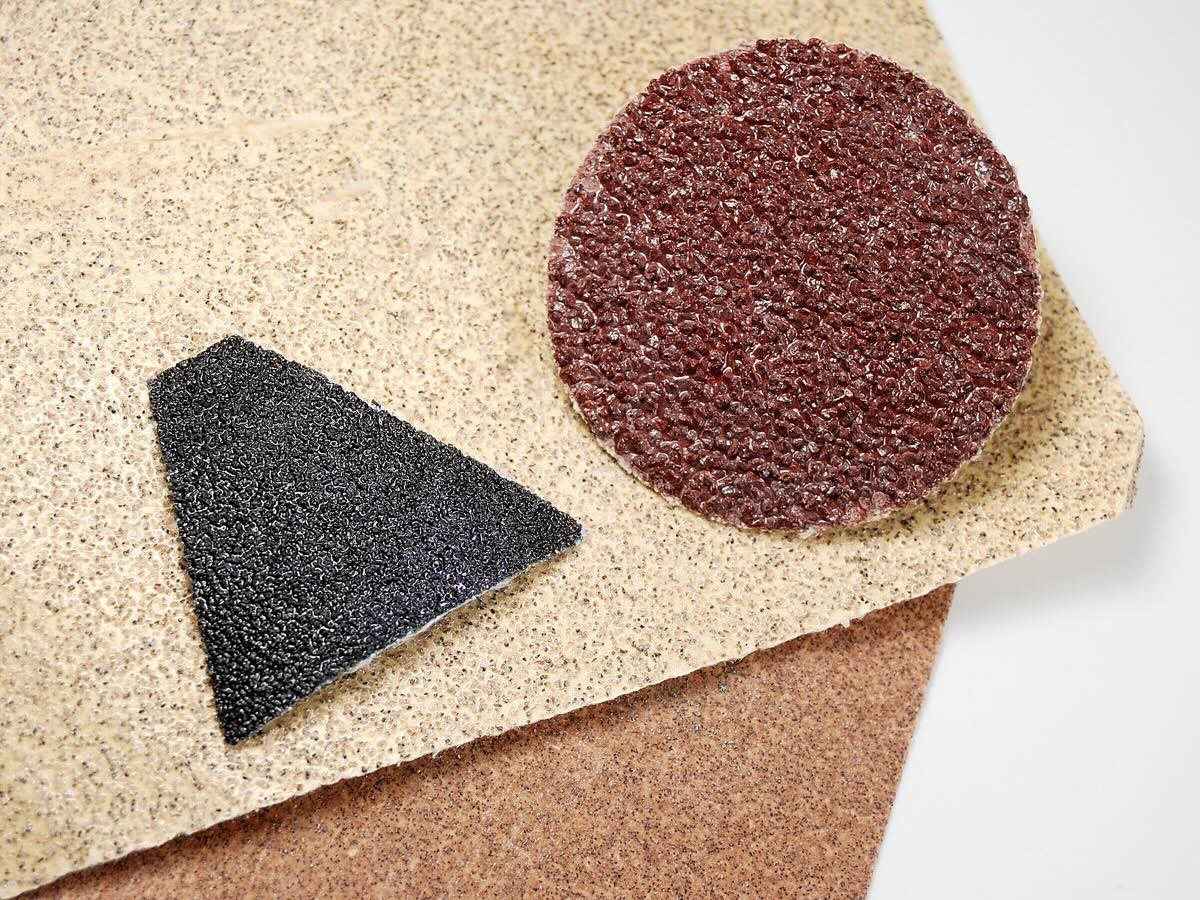

Tools & Equipment
What Grit Sandpaper For Clay
Published: December 20, 2023
Discover the right grit sandpaper for clay with our comprehensive guide. Find the best tools and equipment for your pottery projects.
(Many of the links in this article redirect to a specific reviewed product. Your purchase of these products through affiliate links helps to generate commission for Storables.com, at no extra cost. Learn more)
Introduction
Welcome to the world of sculpting and pottery, where the tactile nature of clay meets the precision of craftsmanship. As you embark on your creative journey, it's crucial to understand the tools and materials at your disposal. One such essential tool is sandpaper, a versatile abrasive that plays a pivotal role in refining the surface of clay sculptures and pottery.
In the realm of clay artistry, the choice of sandpaper grit can significantly impact the outcome of your work. Whether you're smoothing out imperfections, refining intricate details, or preparing the surface for painting or glazing, selecting the right grit sandpaper is paramount.
In this comprehensive guide, we'll delve into the nuances of grit sandpaper for clay, equipping you with the knowledge to make informed decisions and elevate your artistic endeavors. From understanding the intricacies of grit to choosing the optimal sandpaper for various stages of your creative process, this article will serve as your insightful companion in the realm of clay sculpting and pottery. So, let's embark on this enlightening exploration of grit sandpaper and its indispensable role in shaping your artistic vision.
Key Takeaways:
- Choose coarse grit sandpaper (40-60) for shaping and refining clay sculptures. Transition to medium grit (80-120) for surface smoothing, then fine grit (150-240) for polishing. Finish with very fine grit (280-400) for a silky-smooth masterpiece.
- Grit sandpaper selection is crucial for clay sculpting. Coarse grit shapes, medium grit smoothens, fine grit polishes, and very fine grit adds a silky finish. Each stage transforms clay into refined art ready for admiration.
Read more: What Grit Sandpaper For Marble
Understanding Grit Sandpaper
Before delving into the specifics of choosing the right grit sandpaper for clay, it’s essential to grasp the concept of grit and its significance in the sculpting and pottery realm. Grit, in the context of sandpaper, refers to the coarseness or fineness of the abrasive particles embedded on its surface. This abrasive material is typically aluminum oxide or silicon carbide, meticulously adhered to a backing of paper or cloth.
Grit is denoted by a numerical value, indicating the density of abrasive particles per square inch. The higher the grit number, the finer the abrasive particles and the smoother the sandpaper. Conversely, lower grit numbers signify coarser abrasives, ideal for heavy material removal and shaping.
Common grit ranges include:
- Coarse Grit (40-60): Ideal for initial shaping and removing larger imperfections from clay sculptures.
- Medium Grit (80-120): Suitable for refining the surface, smoothing out moderate imperfections, and preparing the clay for finer sanding.
- Fine Grit (150-240): Used for achieving a smooth, polished surface, eliminating minor blemishes, and preparing the clay for painting or glazing.
- Very Fine Grit (280-400): Reserved for the final stages of sanding, providing a silky finish and preparing the surface for intricate detailing or finishing touches.
Understanding the nuances of grit sandpaper empowers you to navigate the myriad options available, ensuring that you select the most suitable grit for each phase of your sculpting process. By harnessing the unique properties of different grits, you can transform your clay creations into impeccably refined works of art, ready to captivate the beholder with their flawless surfaces and intricate details.
Choosing the Right Grit Sandpaper for Clay
When it comes to sculpting with clay, the selection of the appropriate grit sandpaper is a pivotal decision that directly influences the quality and finish of your artwork. Each stage of the sculpting process demands a specific grit to address the evolving needs of the clay surface. Let’s explore the nuanced art of choosing the right grit sandpaper for various sculpting phases.
Initial Shaping and Smoothing
During the initial stages of sculpting, when you’re shaping the raw clay into your envisioned form, coarse grit sandpaper (40-60) is your ally. This grit swiftly removes excess material, refines rough edges, and lays the foundation for the subsequent sculpting phases. It’s the workhorse that transforms a shapeless lump of clay into a defined structure, ready to undergo further refinement.
Refinement and Surface Smoothing
As your sculpture takes shape, transitioning to medium grit sandpaper (80-120) becomes imperative. This grit allows you to smoothen the surface, eliminate tool marks, and refine the contours of your creation. It’s a crucial intermediary step that paves the way for the finer sanding stages, ensuring that your sculpture boasts a flawless foundation for the intricate detailing to come.
Read more: What Grit Sandpaper For Polyurethane
Polishing and Preparation for Finer Detailing
As your sculpture nears completion, fine grit sandpaper (150-240) steps into the spotlight, facilitating the polishing of the surface and preparing it for painting or glazing. This grit level ensures that your artwork exudes a professional finish, free from imperfections and ready to receive the final embellishments that will bring your vision to life.
Final Touches and Silky Finish
For the ultimate refinement, very fine grit sandpaper (280-400) takes center stage. This exceptionally fine grit bestows a silky-smooth finish to your sculpture, elevating it to a level of refinement that captivates the eye and accentuates the intricacies of your artistic expression. It’s the crowning touch that transforms your clay creation into a masterpiece, ready to be admired and cherished.
By understanding the nuanced art of selecting the right grit sandpaper for each phase of the sculpting process, you empower yourself to elevate your creations to new heights of artistry. The judicious application of grit sandpaper ensures that your sculptures and pottery exude a professional finish, showcasing the meticulous craftsmanship and artistic vision that define your creative journey.
Conclusion
Congratulations on embarking on this enlightening exploration of grit sandpaper and its indispensable role in the realm of clay sculpting and pottery. By gaining a comprehensive understanding of grit and its nuanced application in the sculpting process, you’ve equipped yourself with invaluable knowledge that will undoubtedly elevate your artistic endeavors.
As you venture into the realm of clay sculpting and pottery, remember that the choice of grit sandpaper is not merely a technical decision but an artistic one. Each stroke of sandpaper, guided by the appropriate grit, shapes and refines your creation, bringing it closer to your envisioned masterpiece.
Whether you’re sculpting a majestic figurine, crafting a functional pottery piece, or exploring the boundless possibilities of clay artistry, the judicious application of grit sandpaper ensures that your creations exude a professional finish, captivating the beholder with their flawless surfaces and intricate details.
So, as you immerse yourself in the tactile world of clay and unleash your creative spirit, remember the transformative power of grit sandpaper. Let it be your trusted companion, guiding your hands as you sculpt, refine, and breathe life into your artistic vision.
May your artistic journey be adorned with the exquisite finish and meticulous craftsmanship that only the perfect grit sandpaper can bestow. Embrace the artistry of grit, and watch as your clay sculptures and pottery transcend the ordinary, becoming timeless testaments to your boundless creativity and unwavering dedication.
Now, armed with the knowledge encapsulated in this guide, go forth and sculpt with confidence, knowing that the perfect grit sandpaper awaits, ready to transform your clay creations into enduring works of art.
Frequently Asked Questions about What Grit Sandpaper For Clay
Was this page helpful?
At Storables.com, we guarantee accurate and reliable information. Our content, validated by Expert Board Contributors, is crafted following stringent Editorial Policies. We're committed to providing you with well-researched, expert-backed insights for all your informational needs.
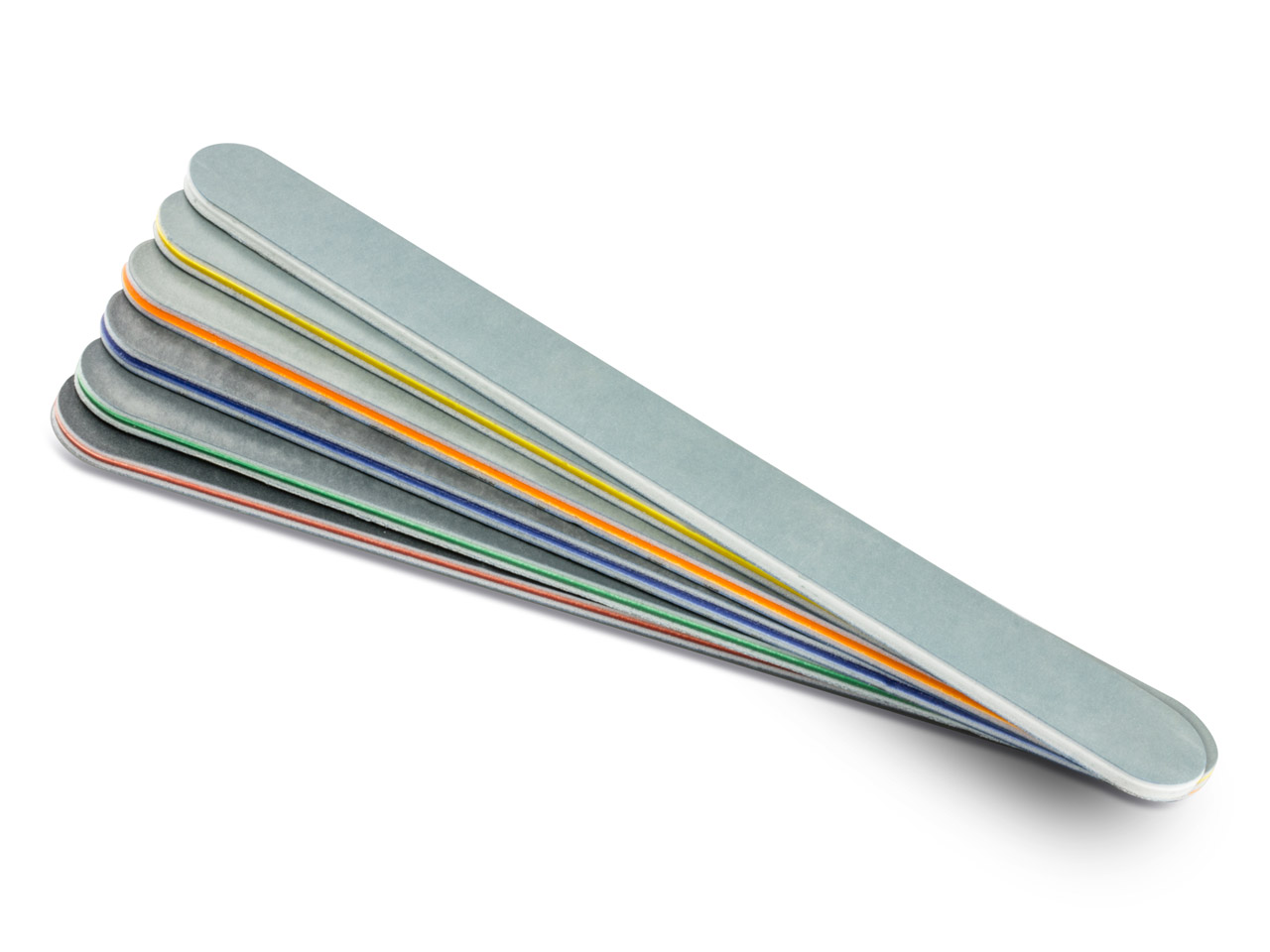
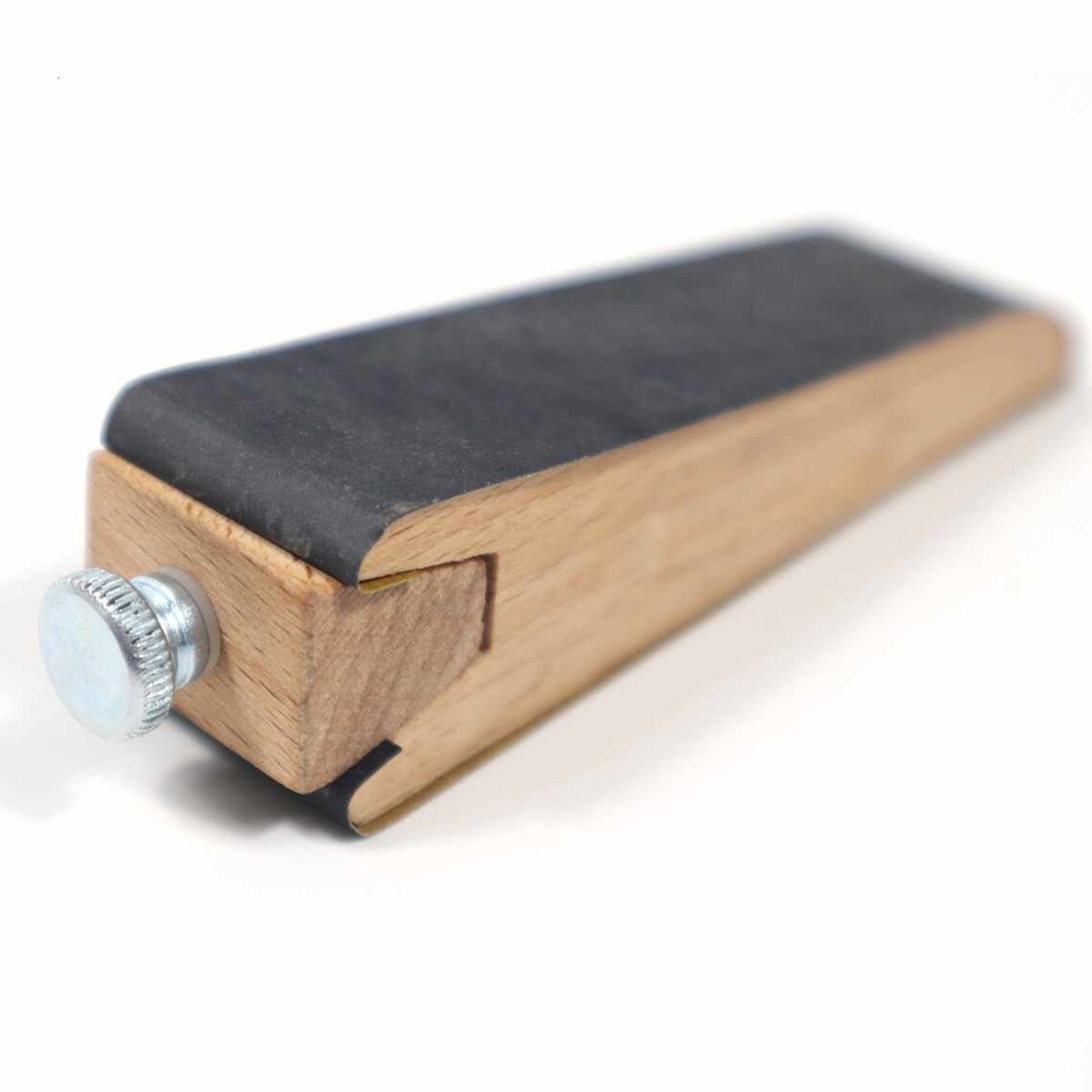
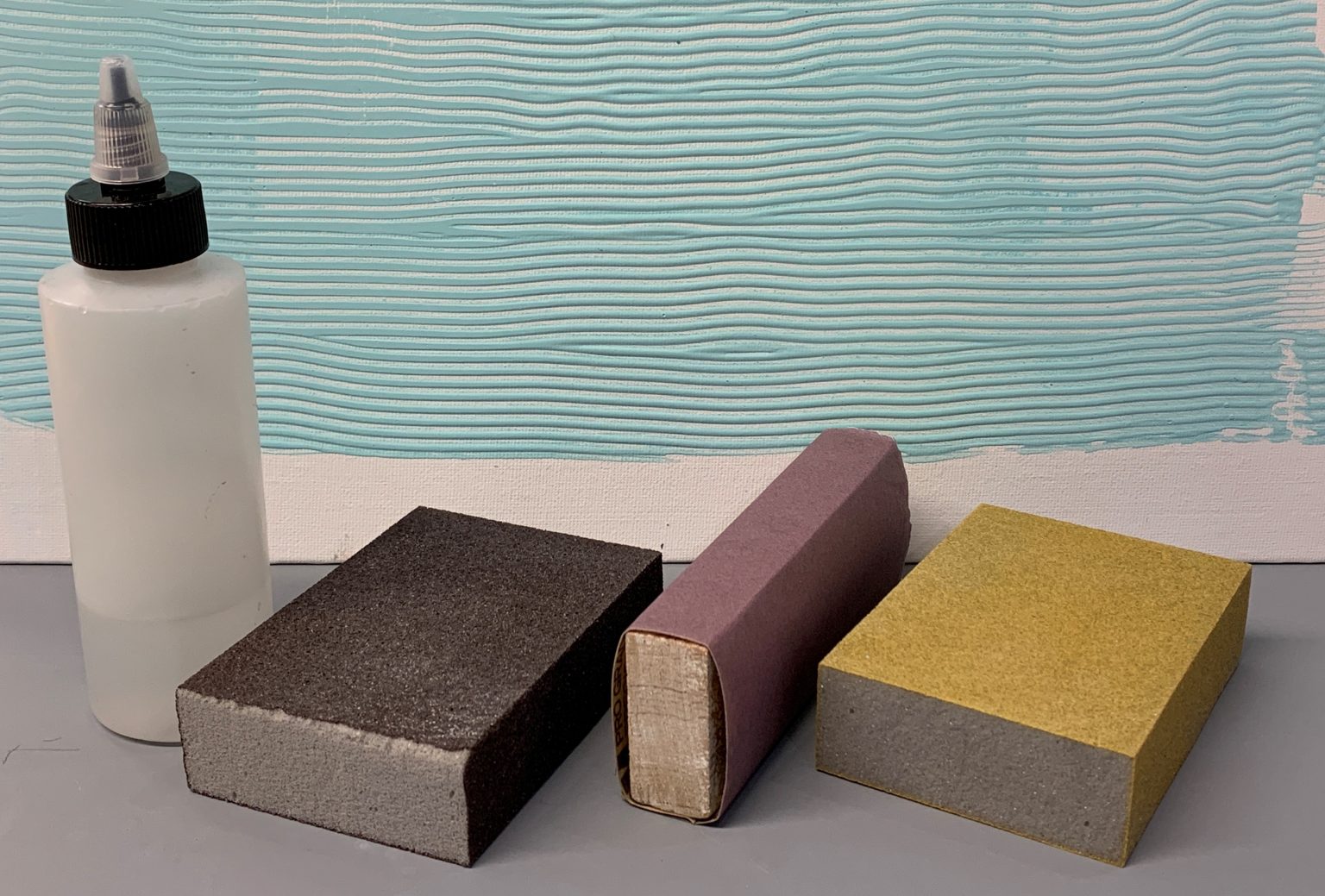
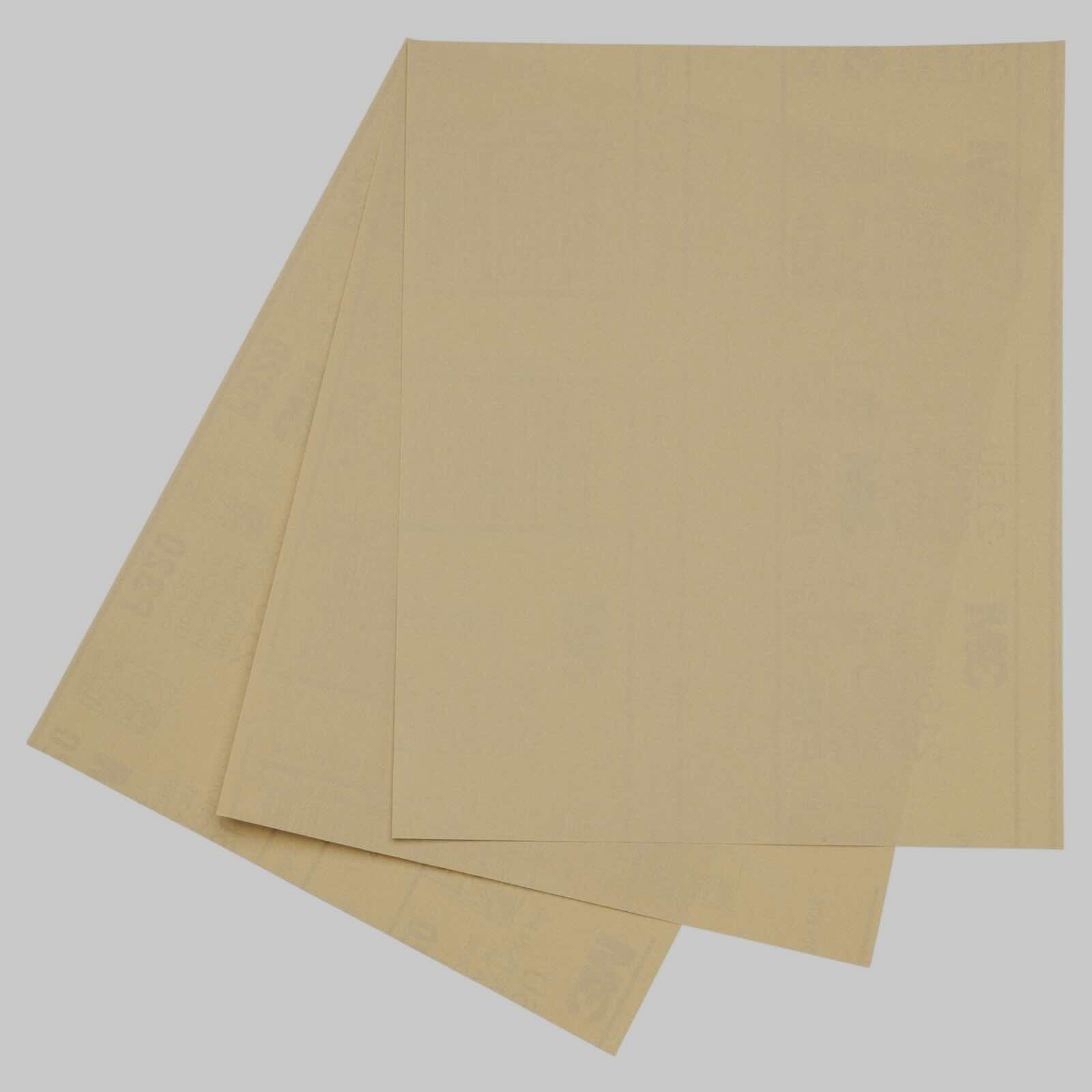
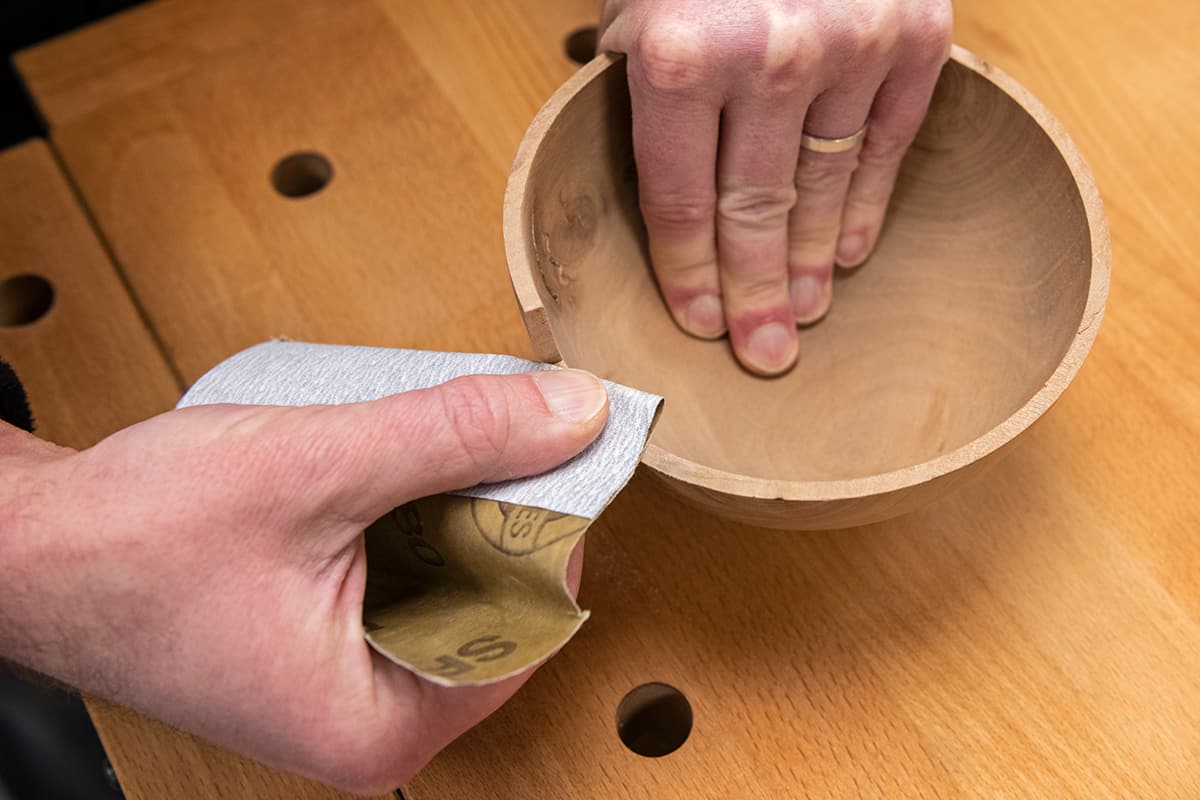
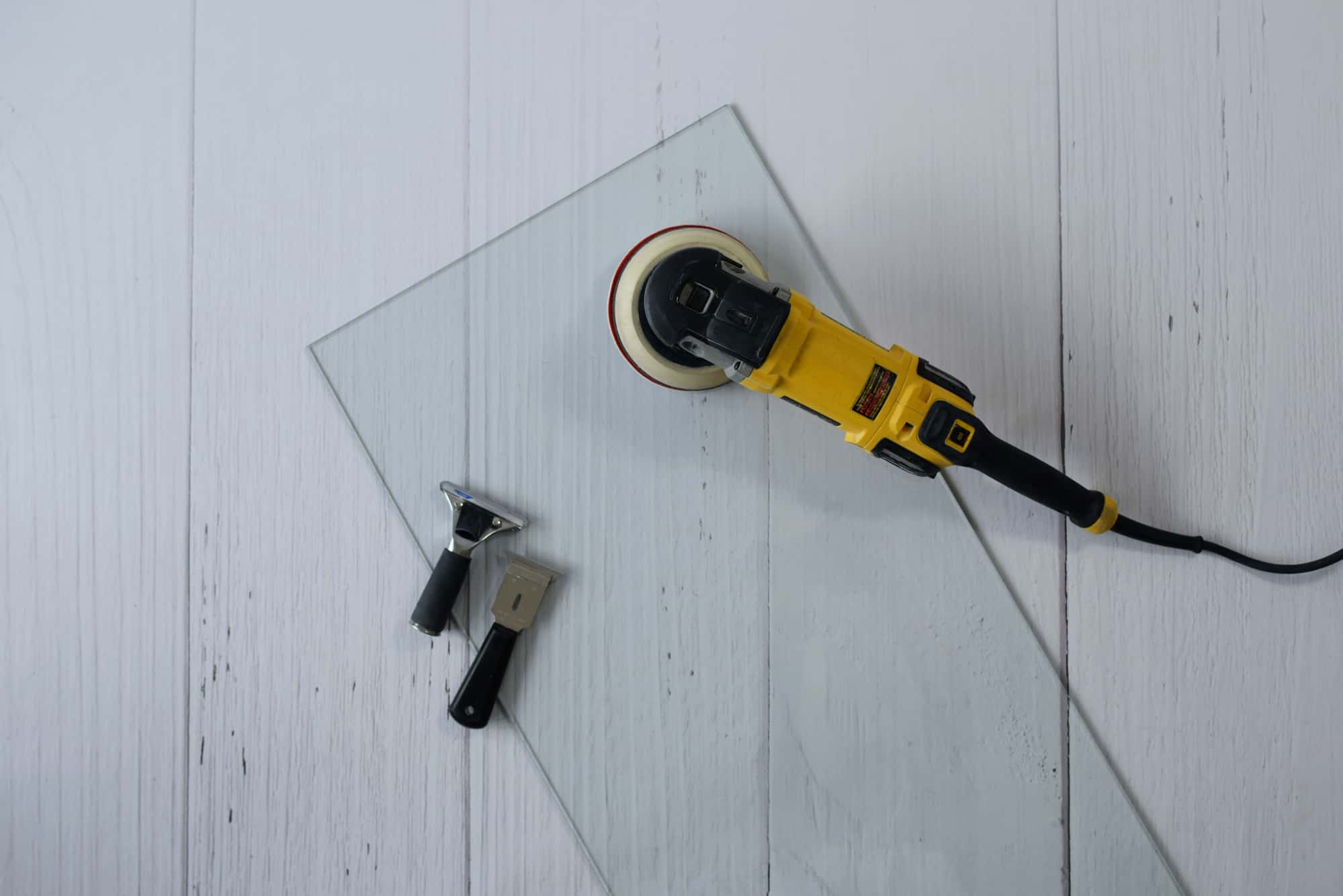
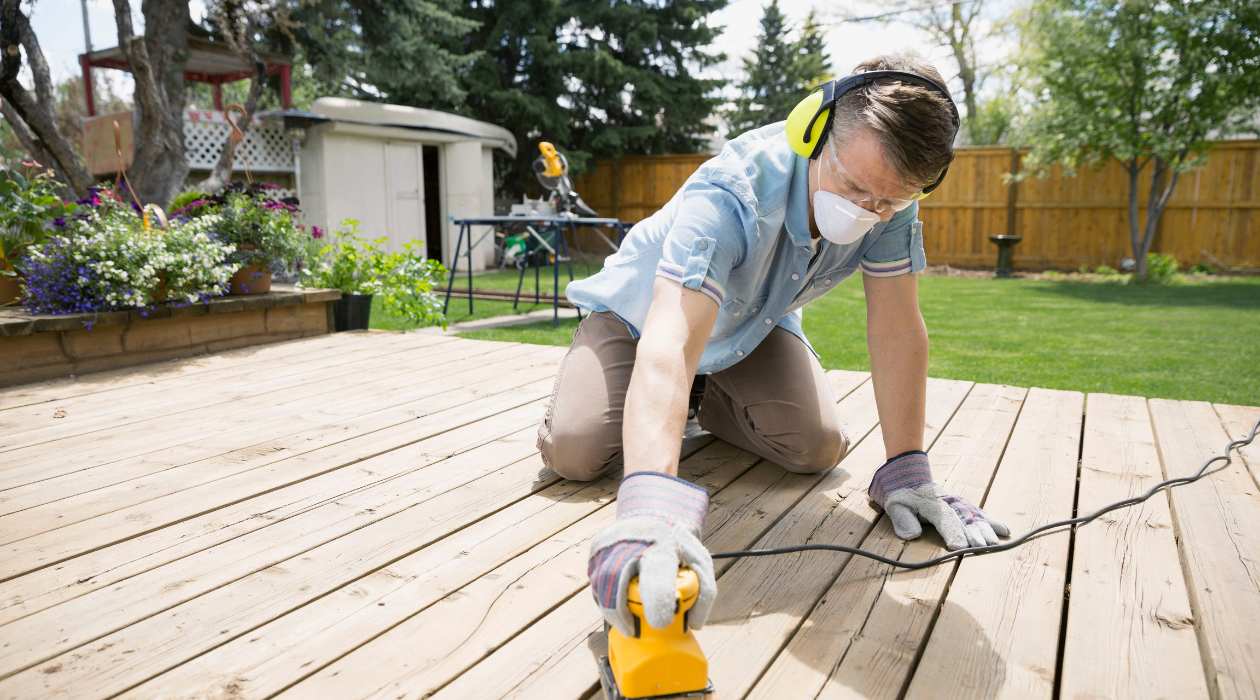
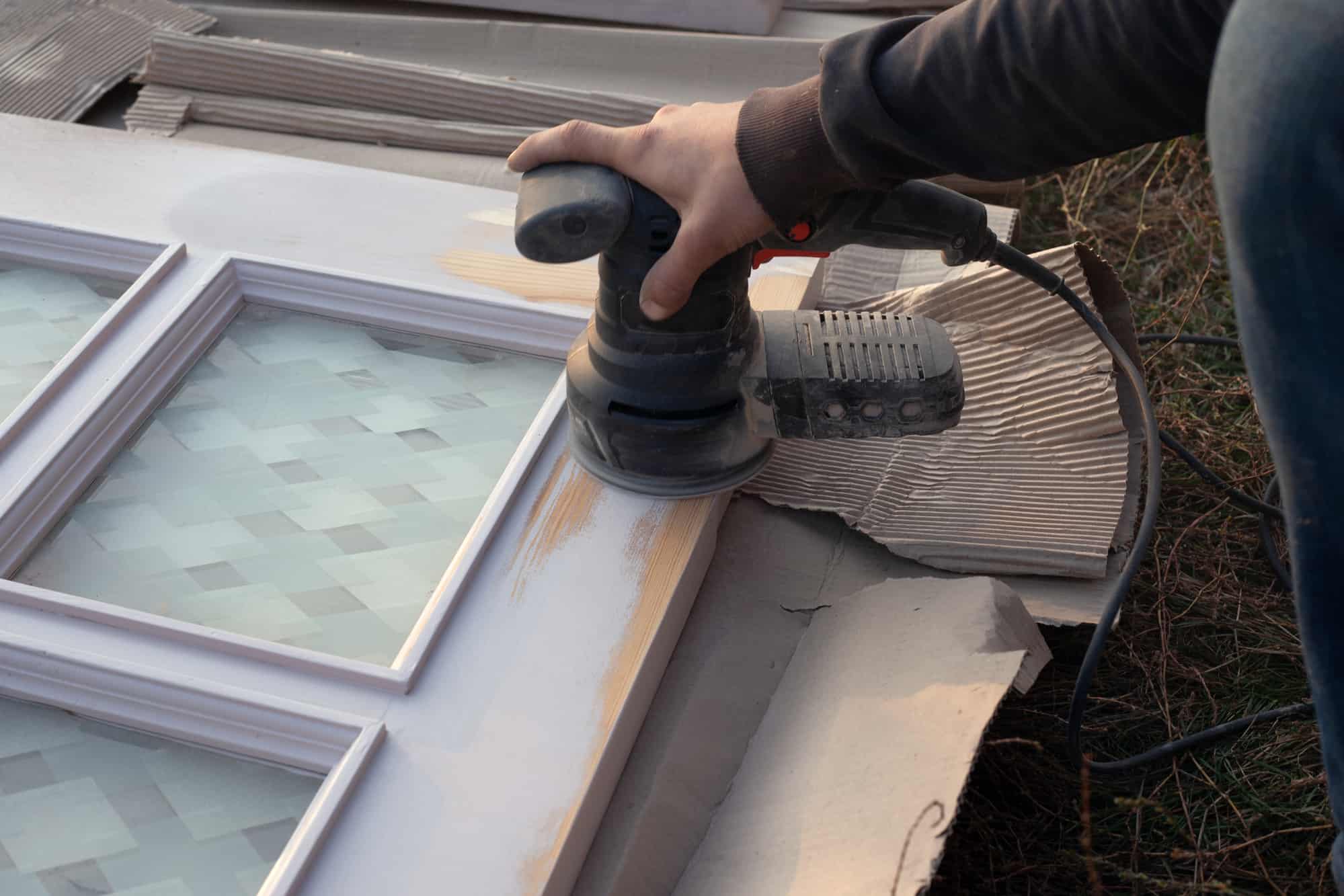
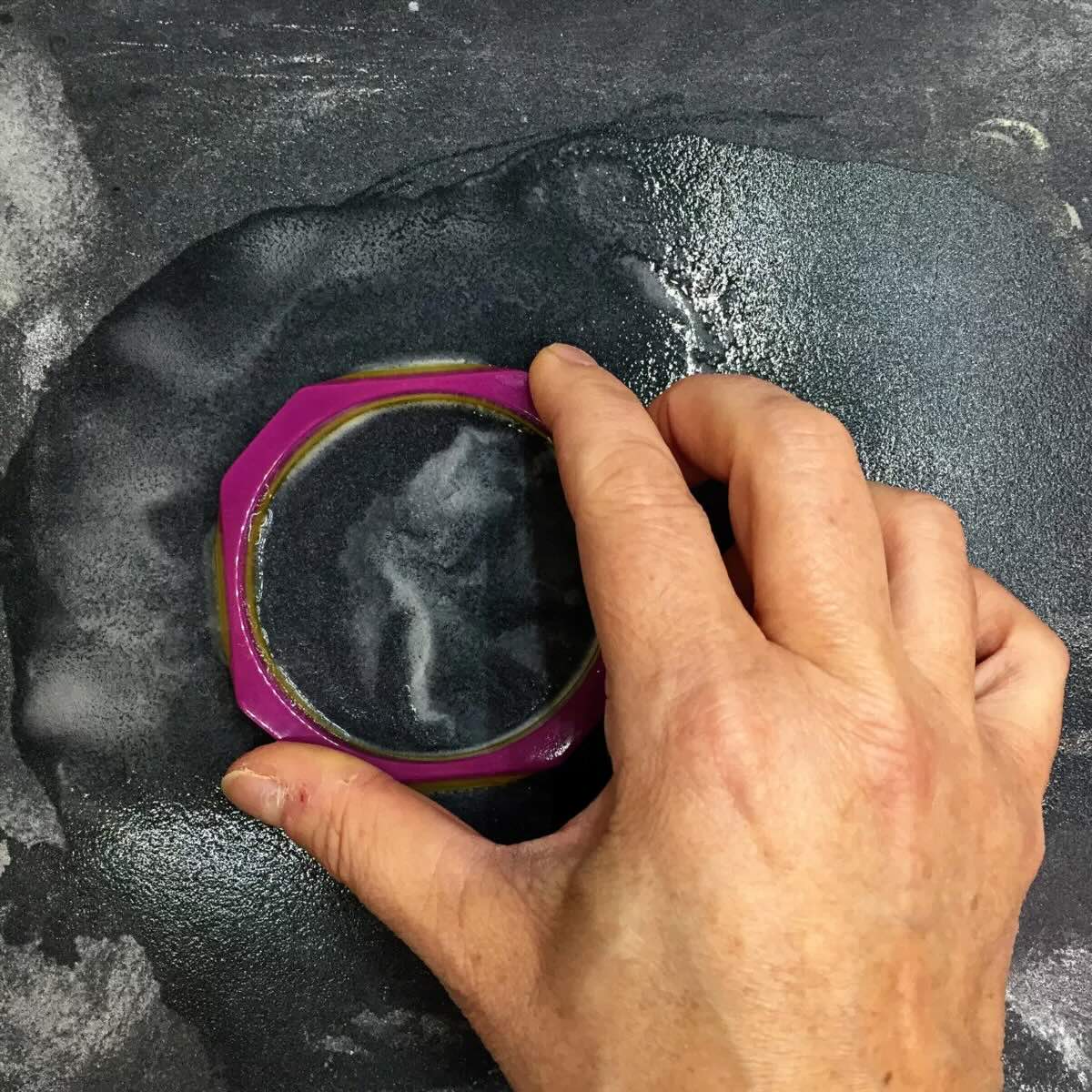

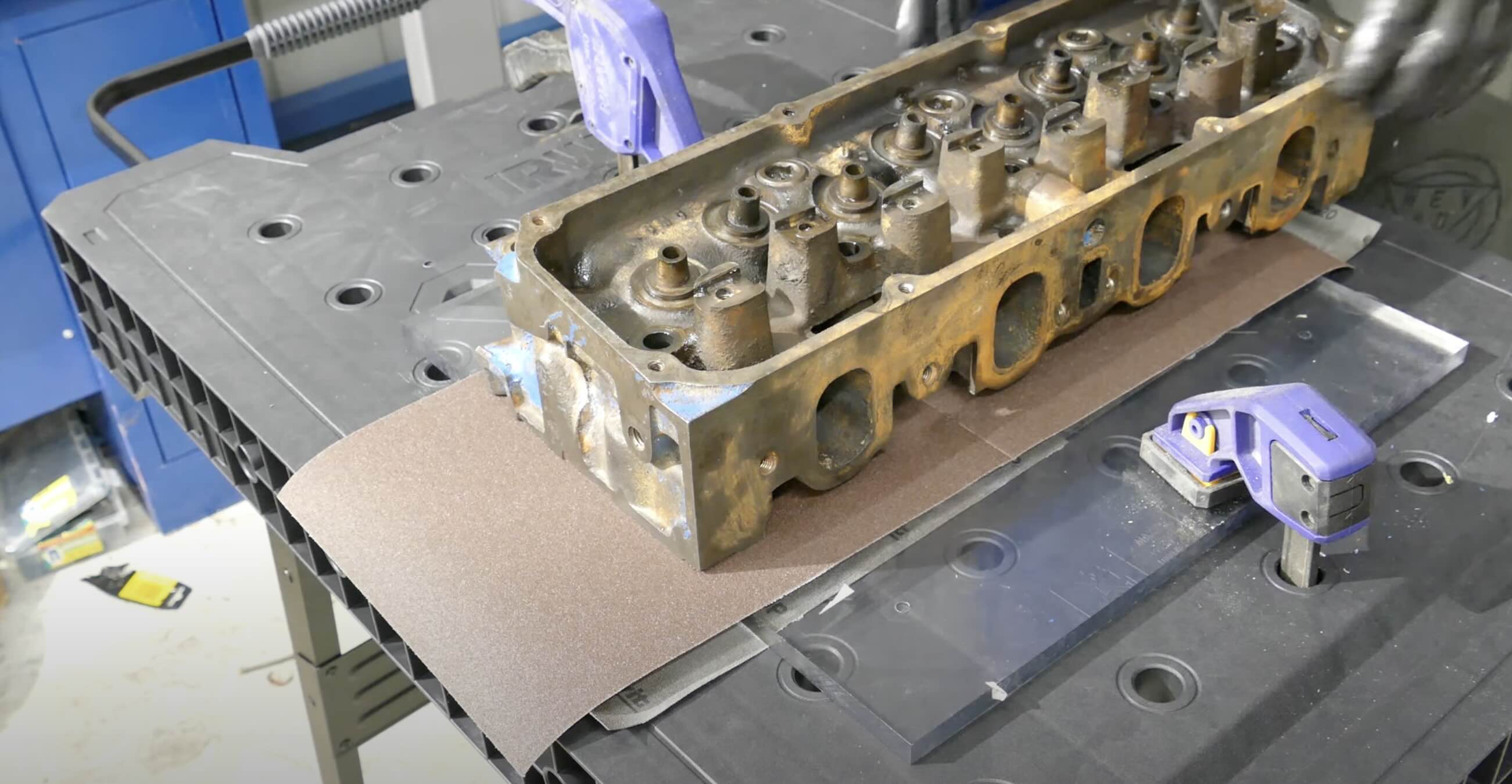
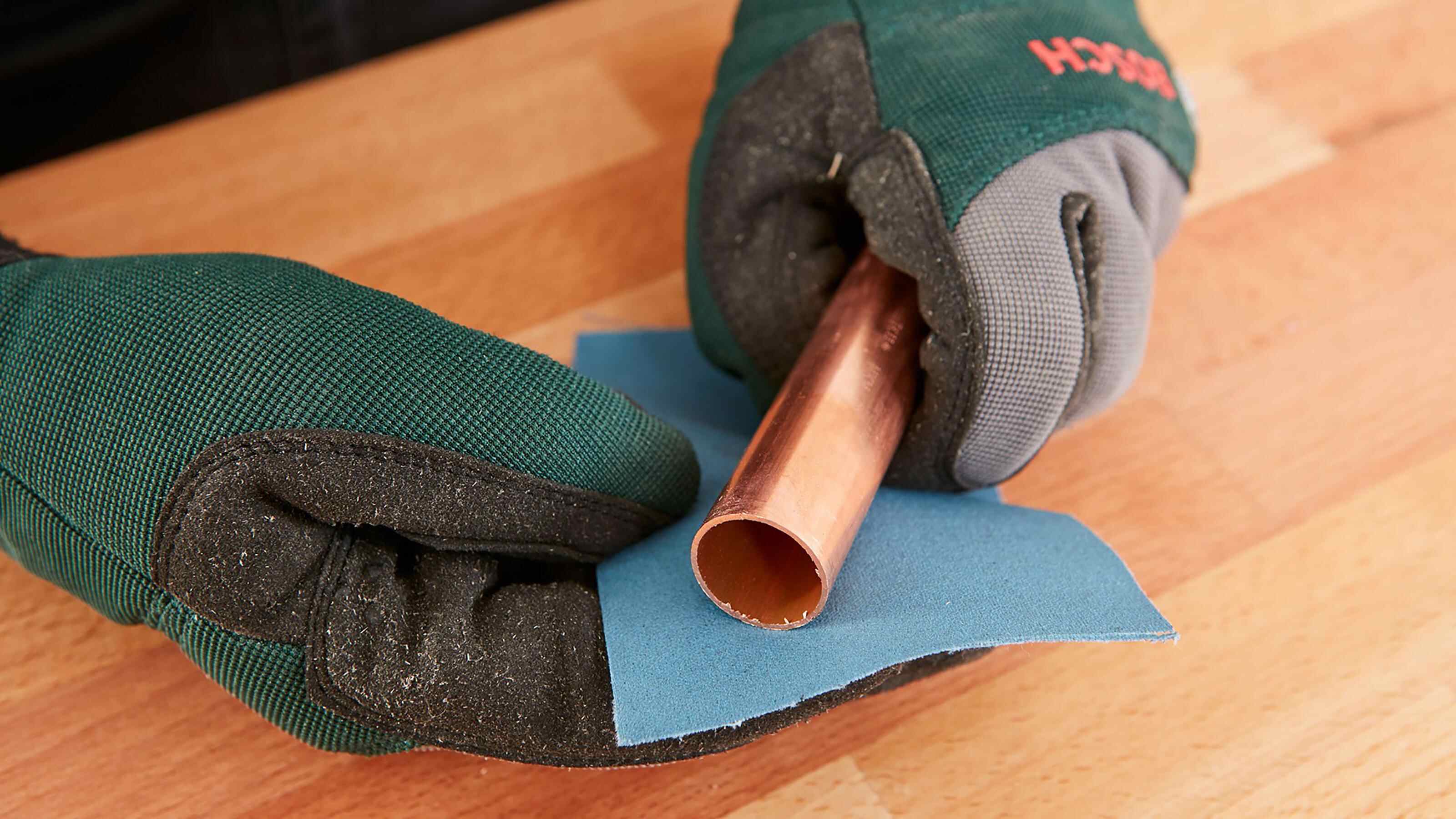
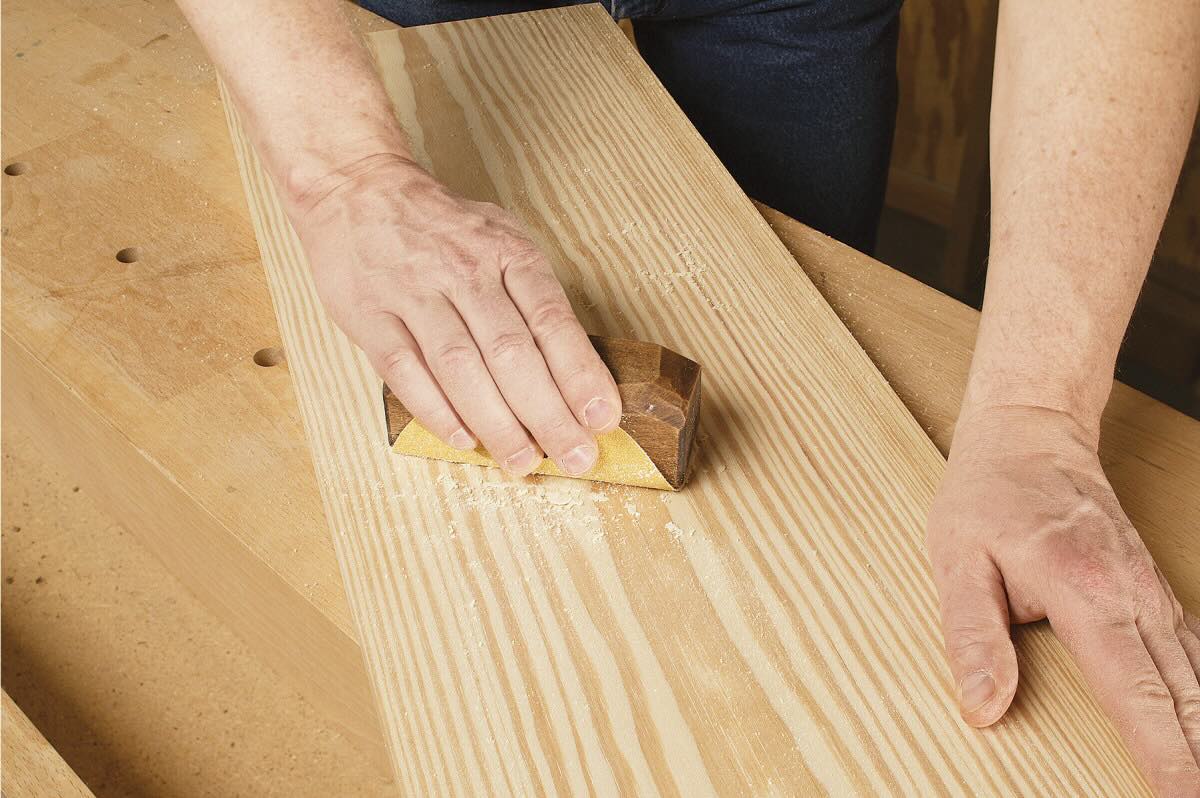
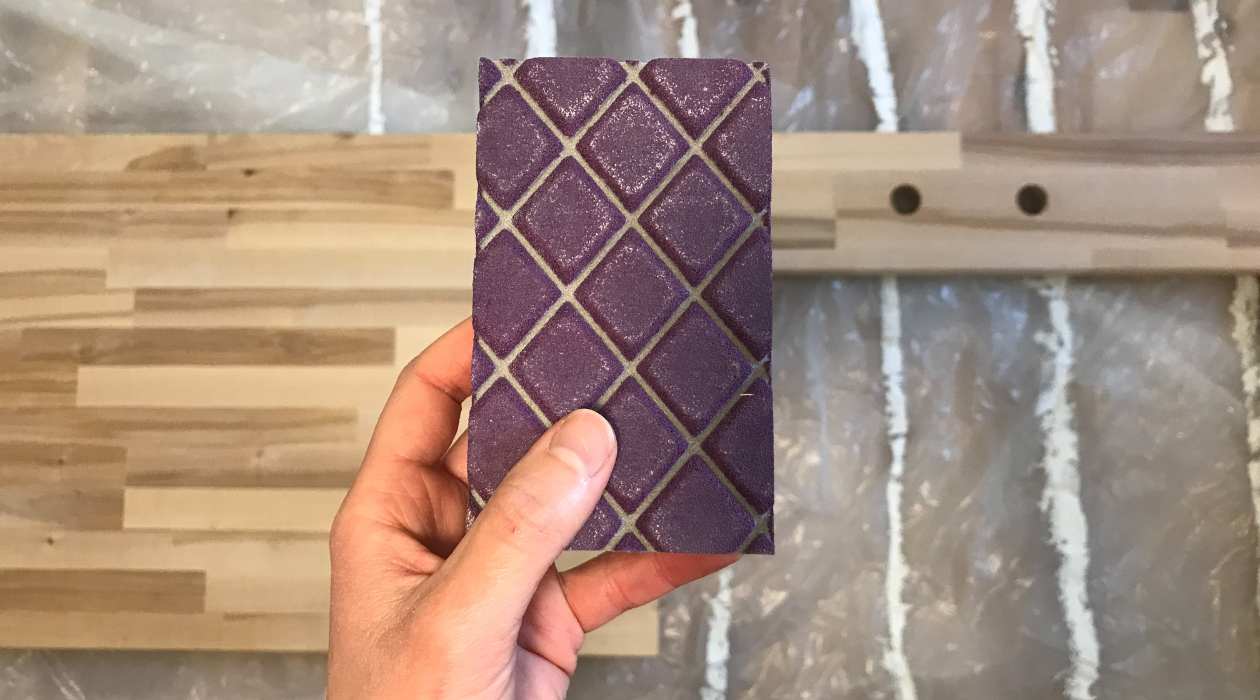

0 thoughts on “What Grit Sandpaper For Clay”